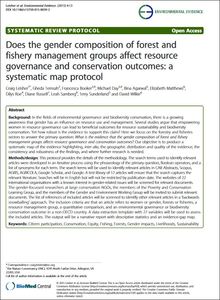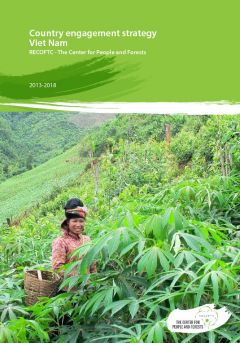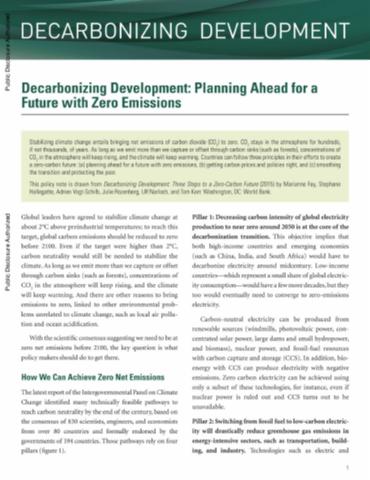Decision No. 872/2015/QD-TTg approving the adjusted master plan on socio-economic development of Thanh Hoa province through 2020, with orientations toward 2030.
This Decision approves the adjusted master plan on socio-economic development of Thanh Hoa province through 2020, with orientations toward 2030, with the following principal contents: 1. The master plan on socio-economic development of Thanh Hoa province through 2020, with orientations toward 2030, must be in line with the country’s socio-economic development strategy and the master plans on socio-economic development of the northern central and central coastal regions; and harmonized with the country’s sectoral master plans. 2.






